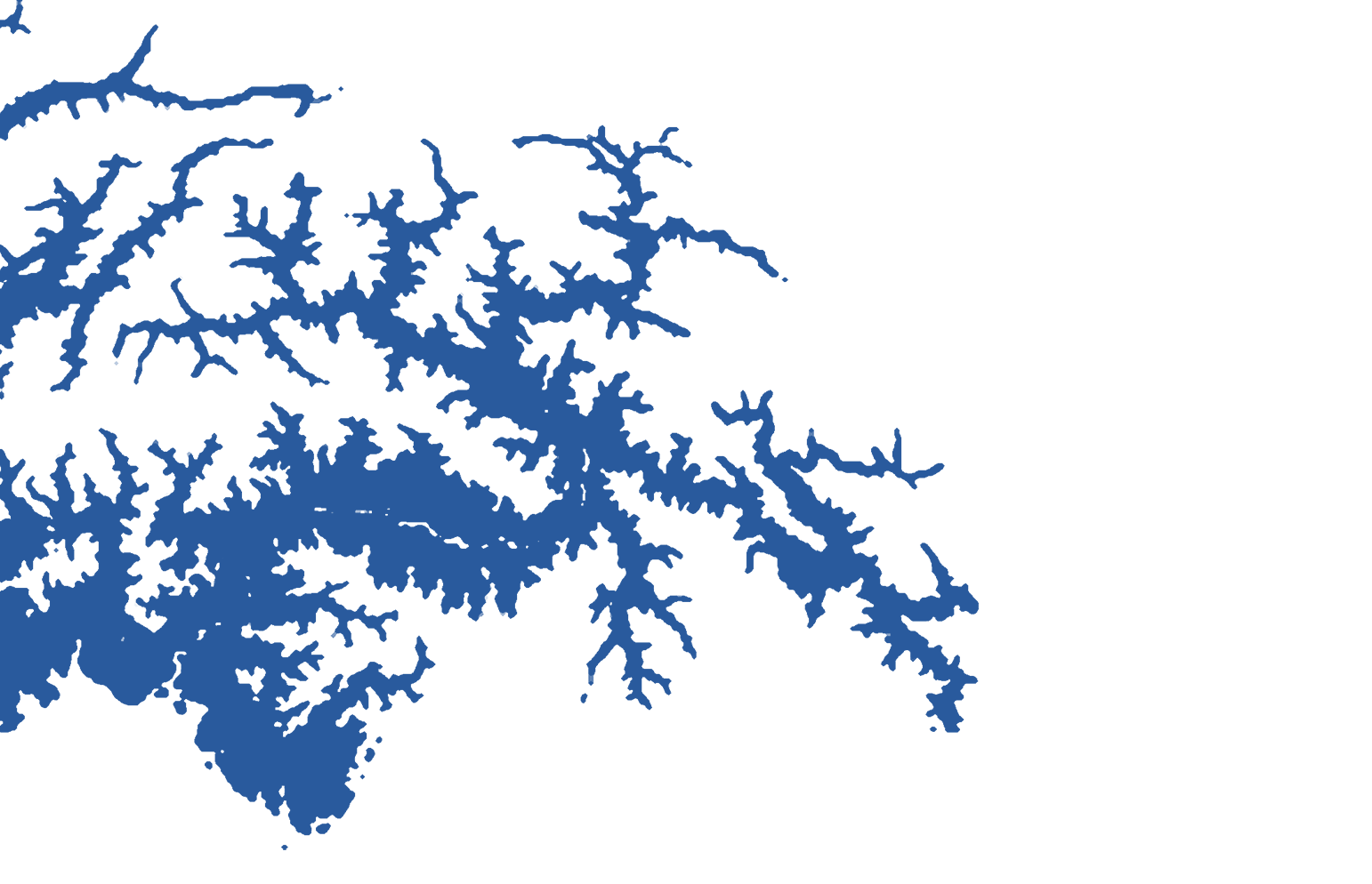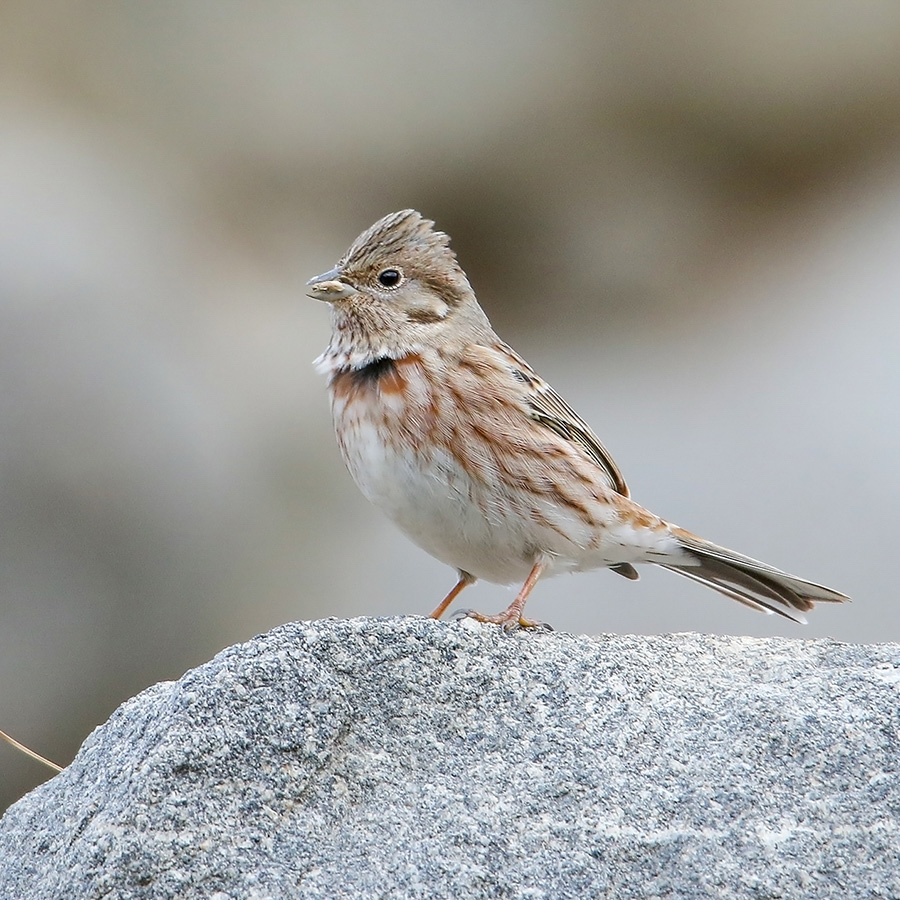Description:
Rather large bunting, similar in size to Yellowhammer, but slightly larger, with longer tail. Male has chestnut supercilium, throat and rump, and whitish crown and ear-covert spot; pattern obscured in winter. Female has greyish supercilium and nape/neck sides, dark border to ear-coverts, and white belly.
Distribution:
Common passage migrant and widespread winter visitor all across Gilgit-Baltistan. Occurs in open landscape with scrub and trees, normally with arable fields, orchards, gardens or waste ground, often near water. Usually not above 3000m.
Behavior:
Forages mainly on ground. During migration and winter forages in flocks of variable size, often small groups. Diet during breeding season mainly invertebrates, such as grasshoppers, bugs, beetles, caterpillars, flies, spiders and snails. Outside breeding season diet based mainly on seeds of several cereals, as well as those of some herbs and grasses.
Photo Gallery:
Range & Occurrence:


Distribution Map of Pine Bunting in Gilgit-Baltistan (Status: )
Seasonal Occurrence of Pine Bunting
Resources:
Birds of Pakistan: Helm Field Guides (R. Grimmett & T. Inskipp)
The Birds of Pakistan (T. J. Roberts)
Birds of the Indian Subcontinent (C. Inskipp, R. Grimmett & T. Inskipp)
Birds of South Asia: The Ripley Guide (P. Rasmussen & J. Anderton)
Birds of India: Collins Field Guide (N. Arlott)
Handbook of the Birds of India and Pakistan (S. Ali & S. D. Ripley)
Handbook of the Birds of the World (https://www.hbw.com)
The Clements Checklist of Birds of the World, 6th Edition
iNaturalist BoGB (inaturalist.org/projects/birds-of-gilgit-baltistan)
Birds of Gilgit-Baltistan (http://fb.me/birdsgb)
*Gallery images on this page are shared from flickr.com, and are copyrighted to their respective creators or owners.

